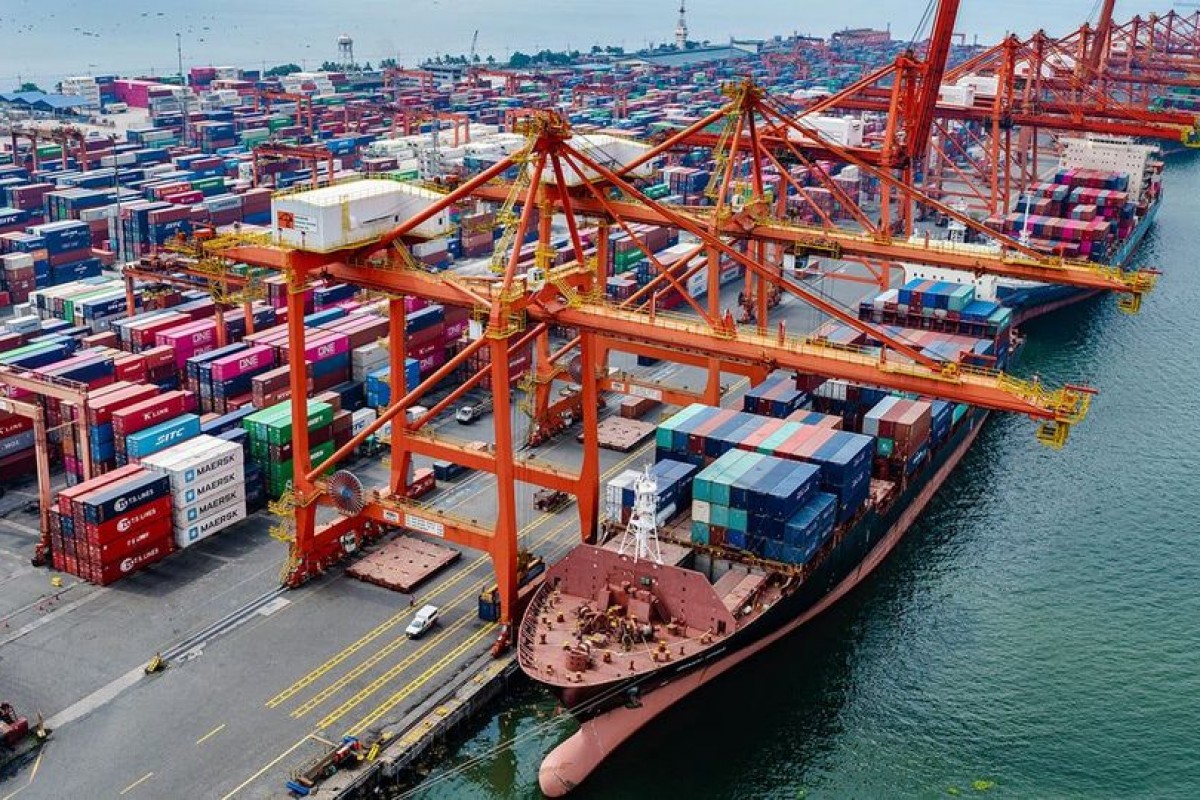MANILA -- The Philippine Ports Authority (PPA) is encouraging the Philippine-based importers and exporters to make the necessary operational adjustments as delays in the delivery of cargo looms due to the partial closure of several ports in China due to COVID-19.
PPA said early preparation is key to reduce the negative impact of the delays in their overall daily operations, thus, allowing them flexibility in the long run.
It may be recalled that in the past two weeks, several transshipment ports under the territories of China have slowed down operations due to COVID-19. On Tuesday, Ningbo Port, the world’s third-largest container port, continues to shut one of its terminals for the 7th straight day due to the virus, particularly the Delta variant.
Other major ports in the region likewise reported congestion owing to the lingering effect of the pandemic.
The majority of Philippine imports and exports, on the other hand, pass through these transshipment ports as the country remains as a feeder economy.
“We need to prepare. Eventually, the delays in cargo shipments will catch up with us due to the congestion being experienced in these transshipment ports,” PPA General Manager Jay Daniel R. Santiago said.
“We are encouraging all importers and exporters to take the necessary steps to adjust and secure their operations to mitigate the impact of the slowdowns or partial closures of the big ports in their overall operations,” Santiago stressed.
The Philippine major port gateways, meanwhile, are currently operating under optimum conditions and way below the threshold level of utilization set at 75%.
The Manila ports, composed of the Manila International Container Terminal and the Manila South Harbor are operating under normal conditions. These two ports handle 85% of the country’s foreign trade volume. The two ports have an average utilization rate of 68% and 56%, and berth utilization rate of 59% and 56%, respectively. Both ports have an average per crane productivity rate of 25 moves an hour.
In terms of daily cargoes passing through the ports, an average of 12,000 twenty-foot equivalent units of foreign cargoes are being handled at the ports.
“PPA assures the shippers that Philippine ports, can handle the bulk of the delayed shipments when conditions at the transshipment ports start to normalize,” Santiago explained. (PPA/Manila International Container Terminal/ Photo Courtesy: ICTSI)




